Deck & Commander Strategies
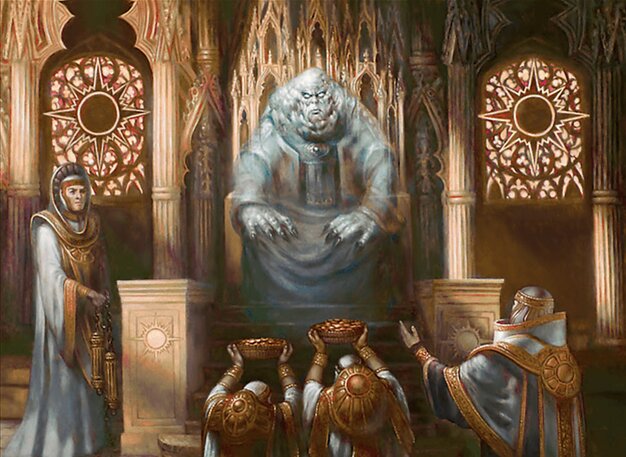
Karlov of the Ghost Council
Uses life gain to accumulate +1/+1 counters quickly, turning Karlov into a large threat that can remove creatures and apply commander damage. The deck focuses on incremental value through life gain and counters.
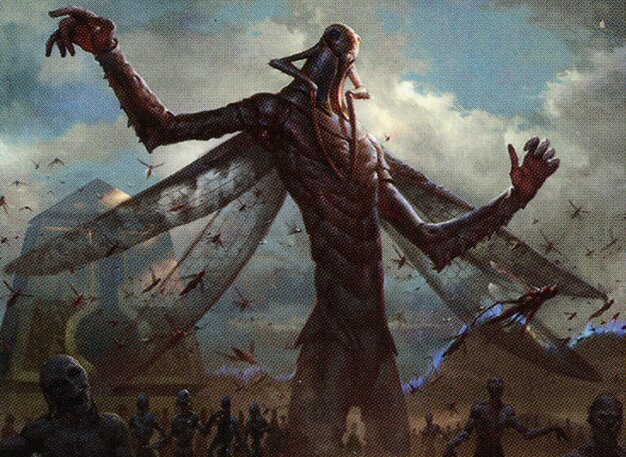
The Locust God
Generates insect tokens whenever cards are drawn, enabling a swarm strategy. The deck leverages card draw to create board presence and overwhelm opponents with creatures.

Ruhan of the Fomori
Aggressive combat-focused deck that relies on Ruhan’s forced random attacks, enhanced by equipment to deal high damage unpredictably, pressuring multiple opponents by targeting different players.
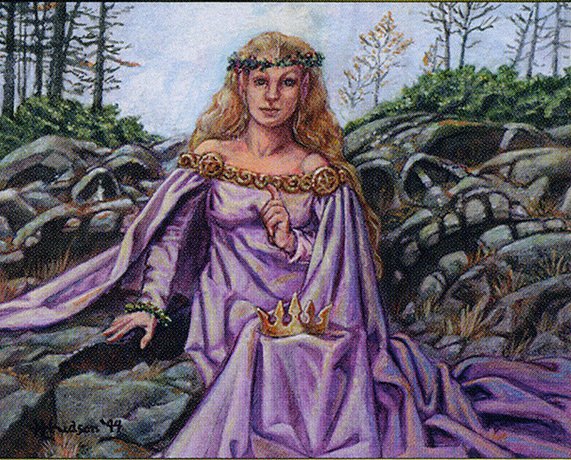
Merieke Ri Berit
Control-oriented flicker deck that stifles opponents by stealing and flickering creatures to gain advantage, disrupting enemy boards and preventing key threats from stabilizing.
Gameplay Insights
- 1
Karlov’s ability to exile Merieke removed a key control piece, shifting the balance and protecting aggressive strategies.
- 2
The Locust God player consistently used card draw effects to generate insect tokens, maintaining a steady offensive presence and card advantage.
- 3
Ruhan’s random attack requirement was mitigated by careful target selection, allowing the player to focus damage on the most threatening opponents.
- 4
The use of Wrath of God reset the board at a crucial moment, slowing down aggressive board states and giving players a chance to rebuild.
- 5
Cyclonic Rift was effectively used to disrupt a key creature, demonstrating the power of instant-speed board wipes in EDH.
- 6
Counterspells were employed to prevent reanimation attempts, highlighting the importance of interaction in managing opponents’ threats.
- 7
Equipment such as Sword of Fire and Ice and Swiftfoot Boots significantly enhanced Ruhan’s combat impact and survivability.
- 8
Players leveraged life gain triggers and counters to turn Karlov into a threatening presence that could dominate the board.
Notable Cards
-

Karlov of the Ghost Council
-

The Locust God
-
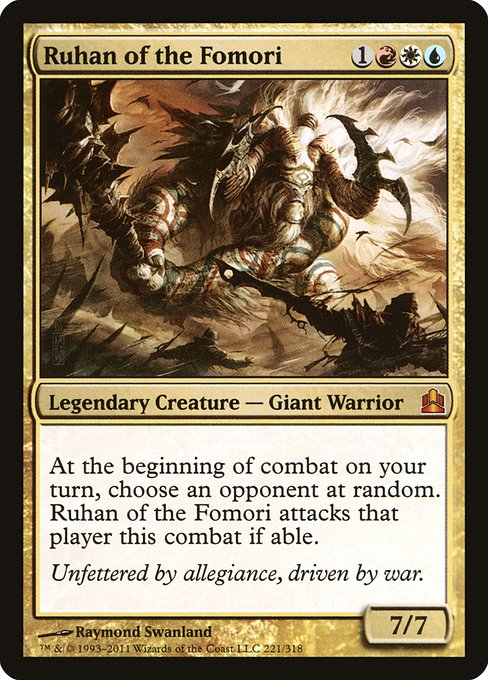
Ruhan of the Fomori
-

Merieke Ri Berit
-
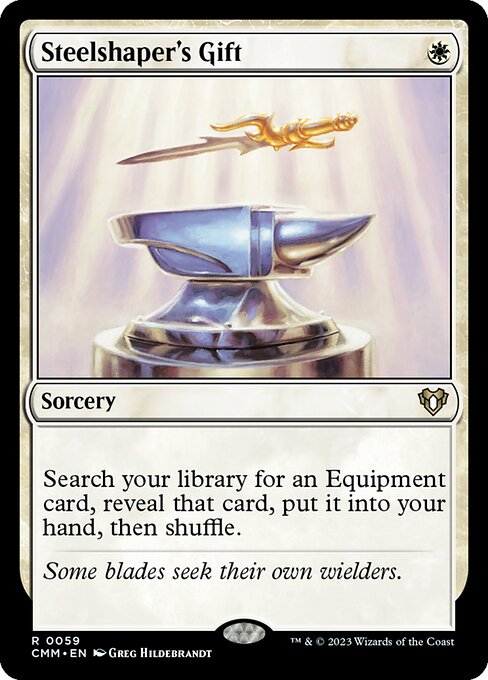
Steelshaper's Gift
-
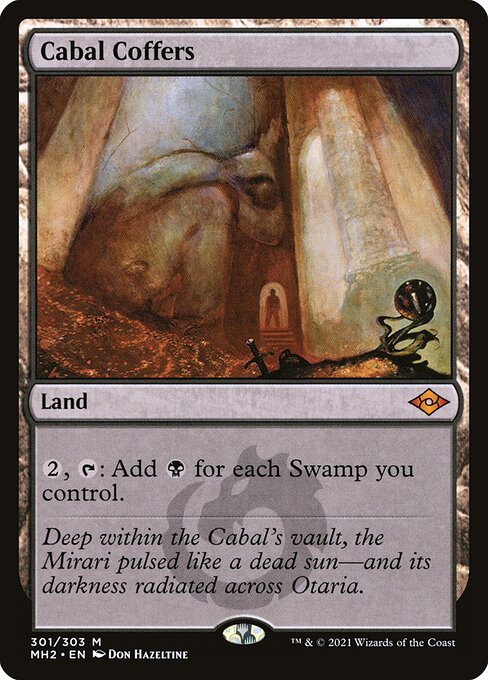
Cabal Coffers
-
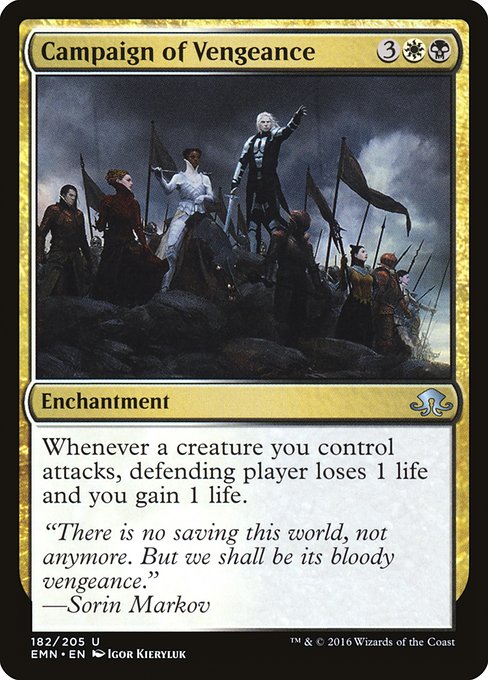
Campaign of Vengeance
-
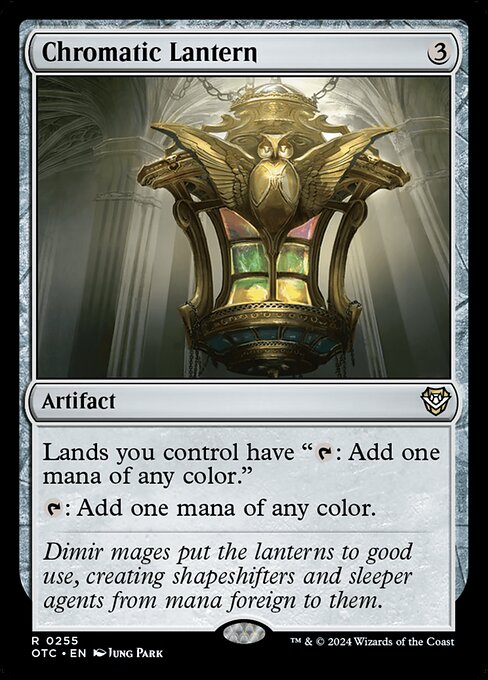
Chromatic Lantern
-
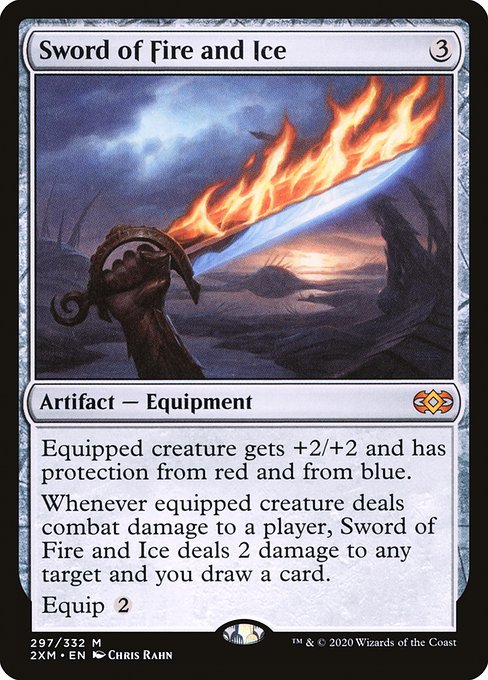
Sword of Fire and Ice
-

Swiftfoot Boots
-
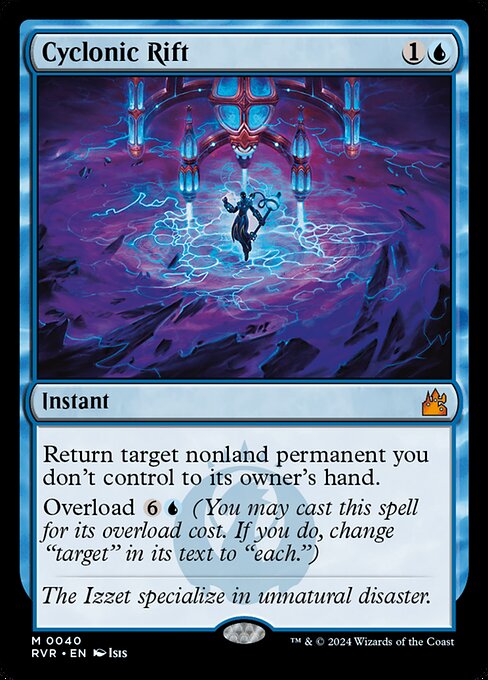
Cyclonic Rift
-
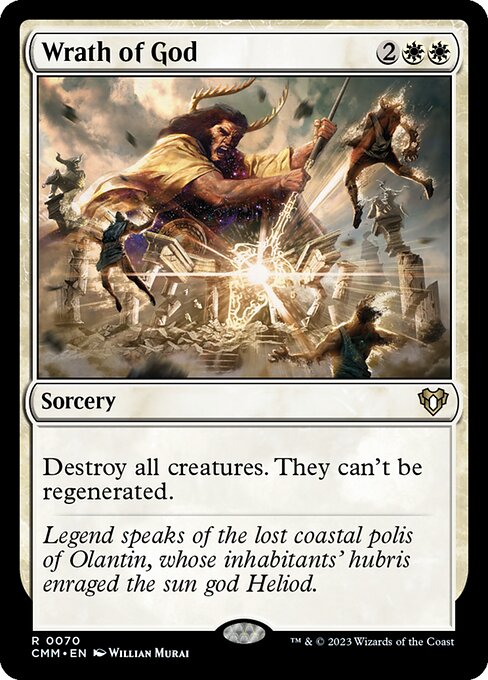
Wrath of God
-
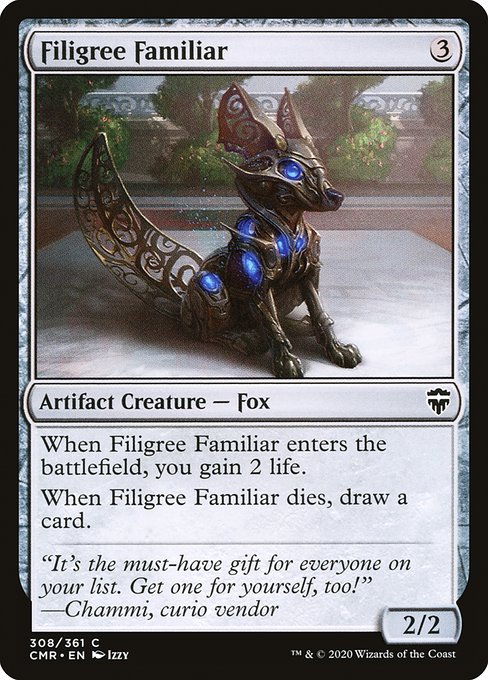
Filigree Familiar
-
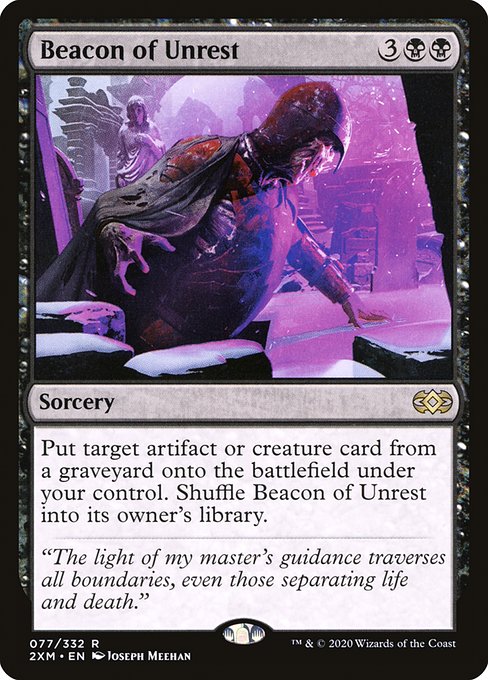
Beacon of Unrest
-
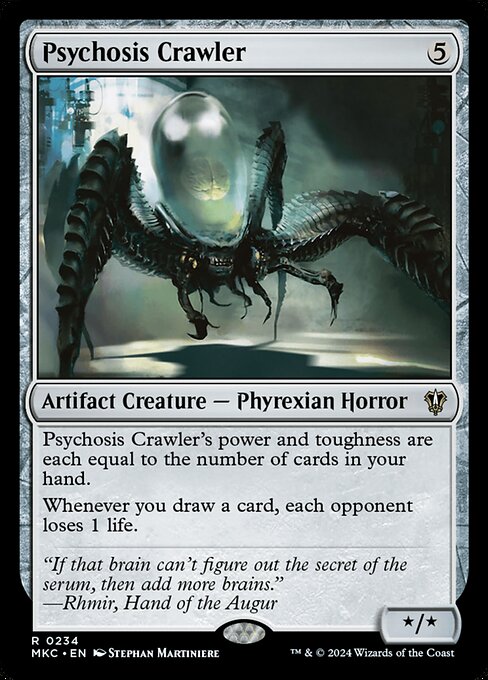
Psychosis Crawler
-
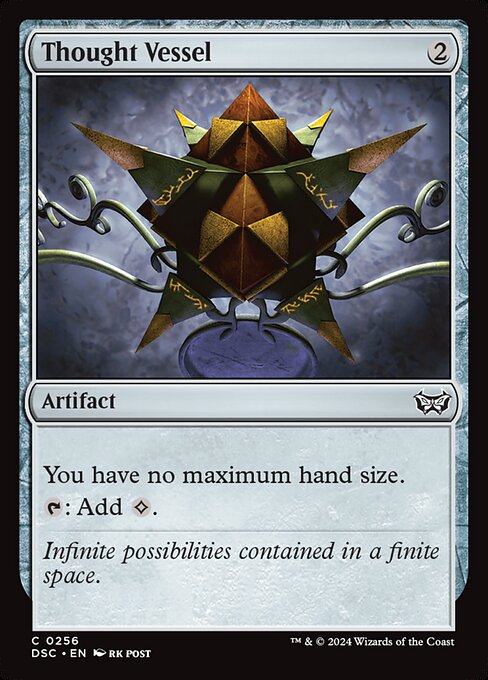
Thought Vessel
Gameplay Summary
The game began with a standard early setup as players established mana bases and deployed their commanders.
Karlov of the Ghost Council quickly gained momentum by accumulating +1/+1 counters through life gain triggers, applying steady pressure with commander damage.
The Locust God player focused on generating insect tokens and card draw, leveraging the synergy between drawing cards and creating a swarm that could chip away at opponents.
Ruhan of the Fomori, equipped with powerful equipment like Swiftfoot Boots and Sword of Fire and Ice, posed a constant threat by randomly selecting attack targets and dealing heavy damage, while Merieke Ri Berit was used more defensively, with attempts to control the board through flickering and stealing creatures but was eventually exiled by Karlov's activated ability. Key turning points included Karlov's removal of Merieke through his activated ability, limiting her board control potential, and the use of a Wrath of God by Marici's player to reset the board, which temporarily stalled the aggressive tempo of several players.
Ruhan’s player managed to capitalize on his unblockable attacks and equipment to deliver significant damage and life gain, keeping him in a strong position.
The Locust God player consistently generated insect tokens and card advantage, maintaining pressure on opponents.
The game featured interaction such as counterspells preventing Beacon of Unrest from reanimating key creatures and Cyclonic Rift disrupting board presence.
Eventually, the steady accumulation of counters on Karlov and continuous token generation from the Locust God player shaped the mid-game board state, with each player vying for control through incremental advantages and combat damage.
















![Commander Adventures #21 - Riku v. Yawgmoth v. Merieke v. Kami [EDH GAMEPLAY] thumbnail](https://i.ytimg.com/vi/uvdRA9uCGQg/sddefault.jpg)





![Commander VS S14E9: Karlov VS Nin VS Selvala VS Haakon [EDH] thumbnail](https://i.ytimg.com/vi/Jf3qev5zOfo/sddefault.jpg)



![Raffine Reanimator vs. Karlov & Lurrus [Duel Commander-EDH] - Magic: The Gathering thumbnail](https://i.ytimg.com/vi/ikQ1Y9HX4nI/sddefault.jpg)
![Gallia Aggro vs. Karlov Soulsisters [Duel Commander-EDH] - Magic: The Gathering thumbnail](https://i.ytimg.com/vi/0iEmcVL3OJI/sddefault.jpg)



![Commander VS S16E5: Tobias VS Hua Tuo VS Ruhan VS Sygg [EDH] thumbnail](https://i.ytimg.com/vi/G8CMcmKzeUs/sddefault.jpg)





![Greven vs Ruhan vs Gavi vs Golos [EDH Commander] Gameplay 2020 thumbnail](https://i.ytimg.com/vi/h8Amwf407Ik/sddefault.jpg)


